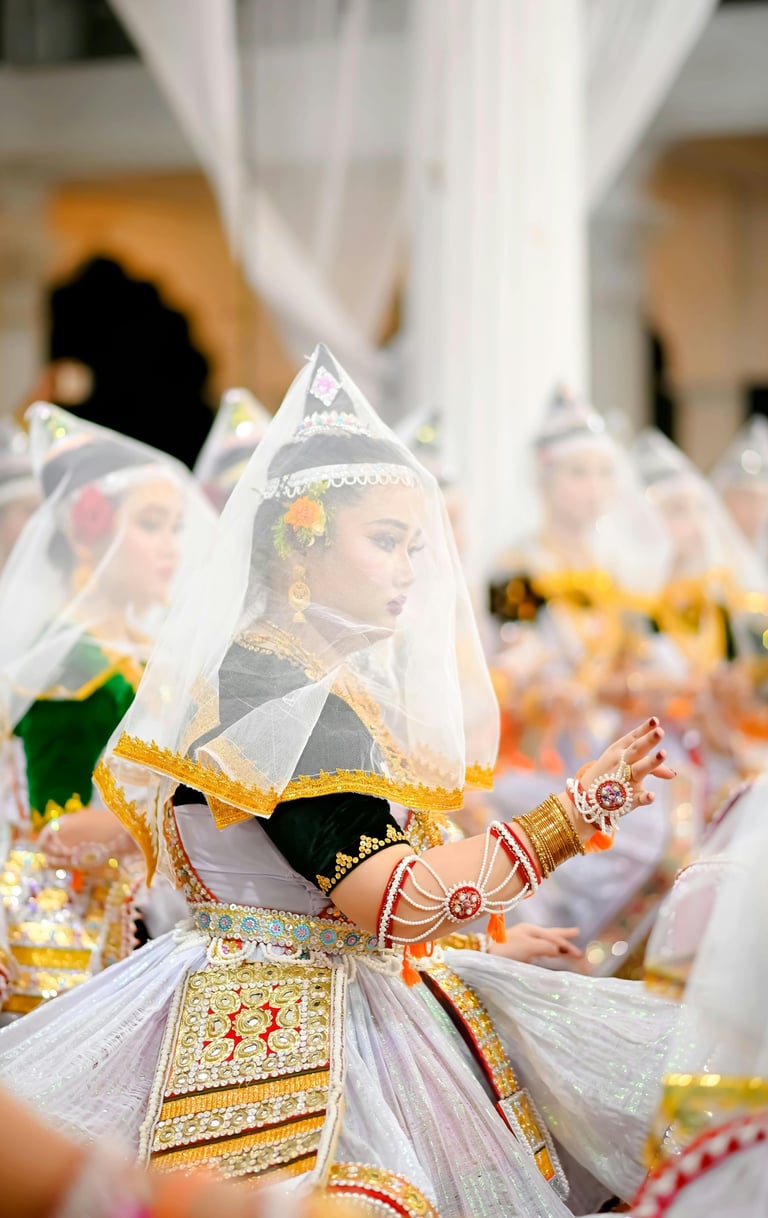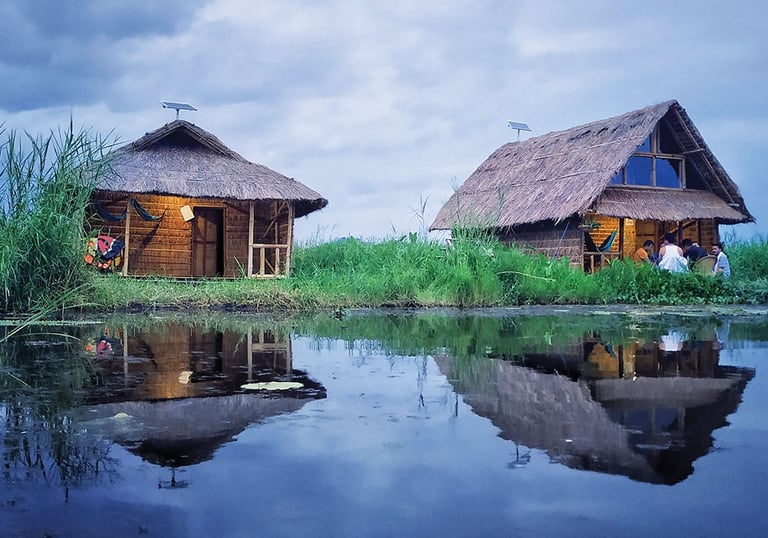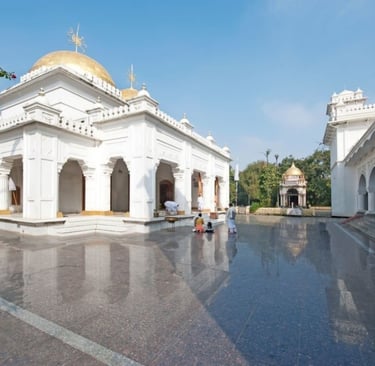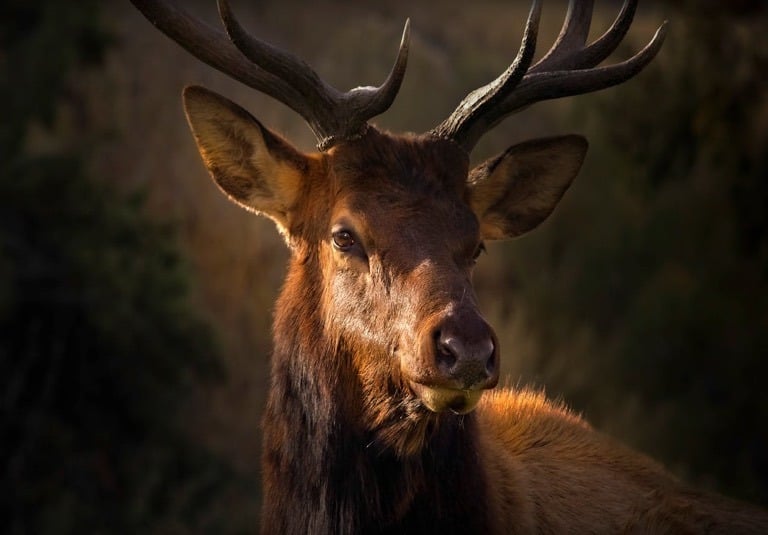

Brief about Manipur
Manipur, often called the “Jewel of India,” is a land of serene landscapes, vibrant traditions, and deep-rooted spirituality. Nestled in the northeastern hills, this picturesque state captivates visitors with its natural beauty and cultural grace.
At the heart of Imphal, the Shri Govindajee Temple stands as a symbol of Manipuri Vaishnavism. Dedicated to Lord Krishna and Radha, this 19th-century temple, with its twin golden domes and white façade, resonates with devotional hymns and daily rituals that reflect the spiritual essence of the Manipuri people. Nearby, the Kangla Fort, once the seat of Manipur’s ancient rulers, tells tales of valor and history.
A short journey away lies the iconic Loktak Lake, the largest freshwater lake in northeastern India, known for its unique phumdis—floating biomass formations that support small islands and homes. The floating homestays on Loktak offer a tranquil retreat, where visitors can experience the rhythm of lake life, surrounded by misty hills and migratory birds. At the southern end of the lake lies the Keibul Lamjao National Park, the world’s only floating wildlife sanctuary and the last natural habitat of the endangered Sangai deer, also known as the “dancing deer of Manipur.”
Cultural life in Manipur is incomplete without the mesmerizing Raas Leela, a classical dance that narrates the divine love of Radha and Krishna. Performed with graceful movements and exquisite costumes, the Raas embodies the spiritual and artistic depth of Manipuri culture.
Beyond its scenic and spiritual landmarks, Manipur enchants travelers with its traditional handloom, bamboo crafts, indigenous cuisine, and warm hospitality. Together, its natural wonders and living traditions make Manipur a destination where nature, faith, and art coexist in perfect harmony.





